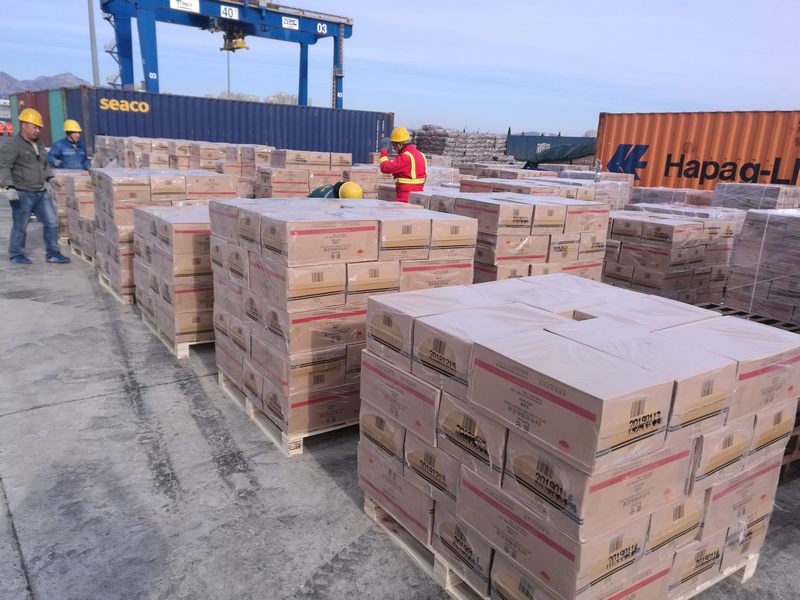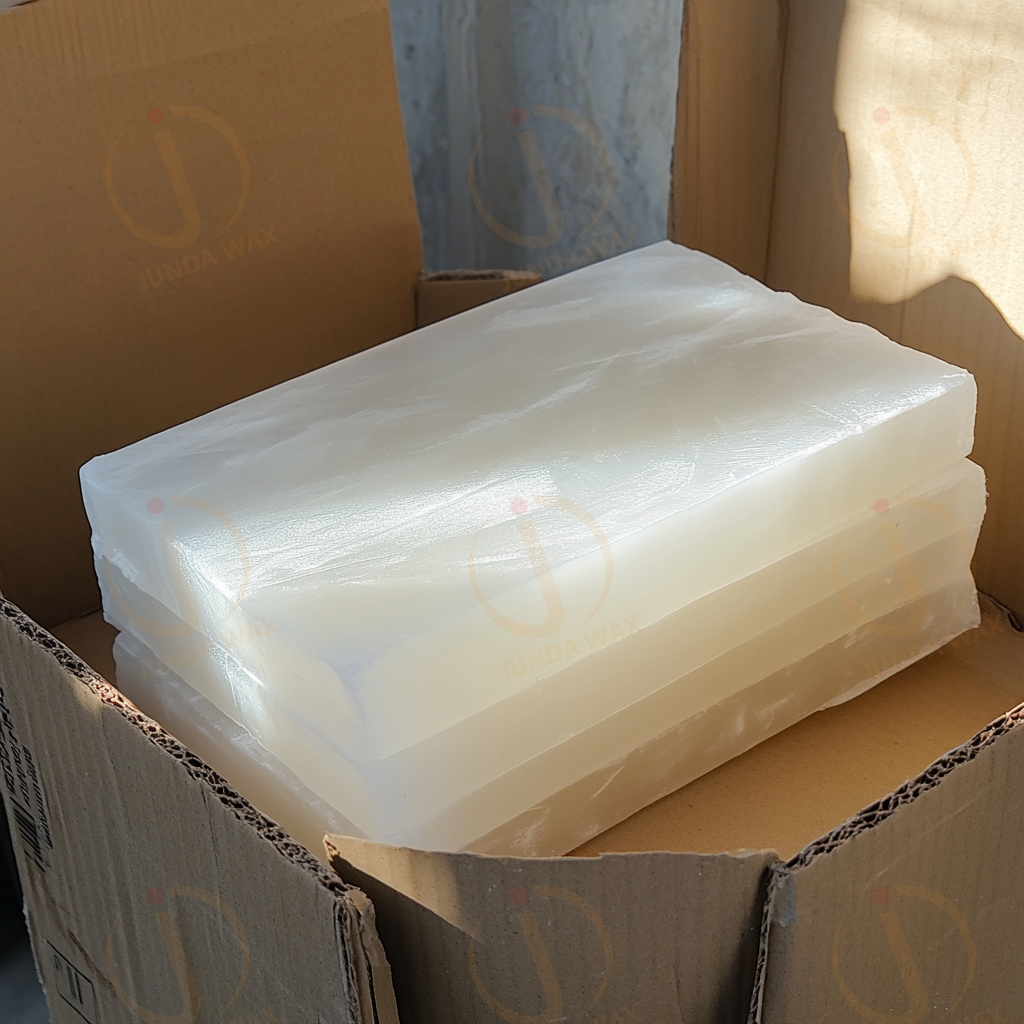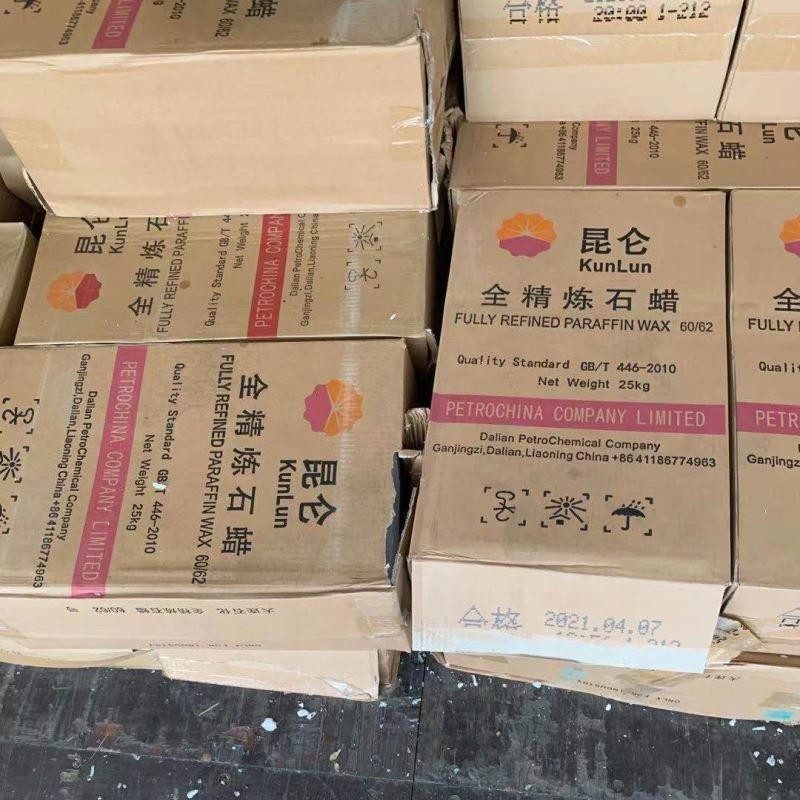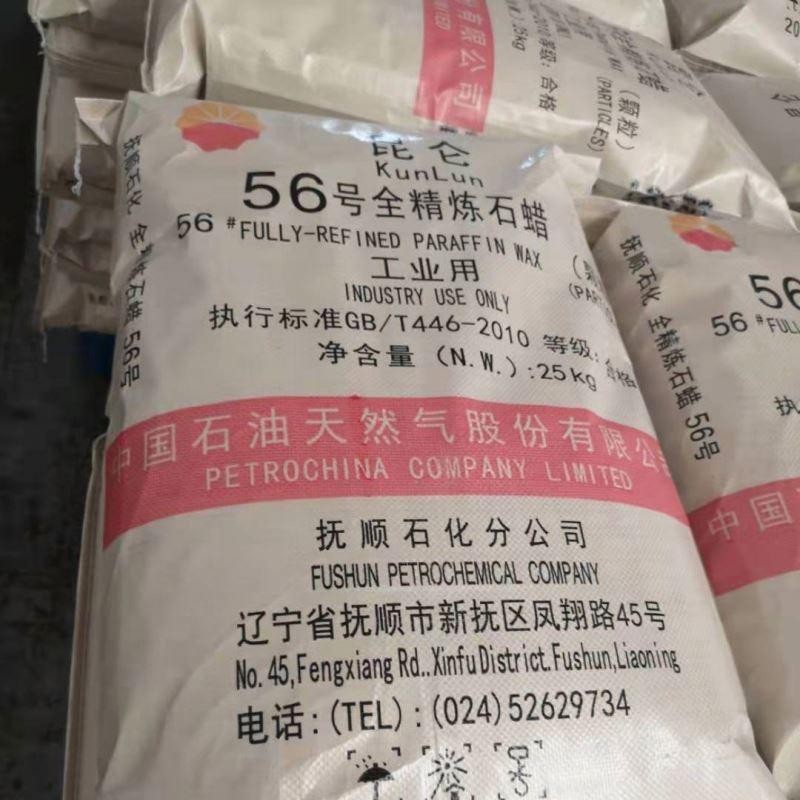Why China Dominates Global Paraffin Wax Supply for Candle Manufacturing
A. Cost Efficiency & Scale
China’s state-subsidized refineries deliver paraffin wax for candle making price 30% below Western alternatives – a game-changer for bulk candle raw material procurement.
Mega-plants like Junda wax guarantee 2000MT/month of fully refined paraffin wax candle raw material for candle production, with volume discounts for 12-month contracts.
B. Premium Quality & Certification
Tier-1 paraffin wax for candle making (e.g., Kunlun 58-60°C) achieves <0.5% oil content and FDA/CE compliance, ensuring smokeless burning and fragrance retention (>8%) – critical for premium candle production.
Chinese wax engineers optimize candle raw materials for demolding efficiency (cycle time <30 sec) – a metric unmatched by EU/US suppliers focused on industrial applications.

C. Agility & Customization
Custom-blended paraffin wax candle raw material (e.g., 56°C fast-melt or 66°C high-temperature grades) adapts to automated candle making lines within 4 weeks – a flexibility unique to Chinese refiners.
One-stop candle production solutions: From wax formulation to EXW/FOB logistics, integrated suppliers like Junda Wax eliminate sourcing complexity.
D. Logistics & Stability
Dalian Port ships 98% of paraffin wax for candle making orders to EU/NA and other area within 72 hours, with real-time HS code & SDS documentation for seamless customs clearance.
E.Strategic Focus on Candle Industry Trends
China’s paraffin sector actively adapts to global candle market shifts:
Sustainability:
Development of low-sulfur paraffin (<10ppm) to meet EU eco-label standards.Automation Compatibility:
Wax pellets (2–5mm) and pre-slabbed blocks are optimized for robotic candle production lines, reducing labor costs by 15–20%.Seasonal Flexibility:
Rapid scaling to meet Q4 holiday demand spikes (e.g., 30% production increase from August to November).China's Competitive Advantages in the Global Paraffin Wax Export Market
Massive Production Capacity & Cost Efficiency of Paraffin wax
Abundant raw materials: As the world’s second-largest oil refiner, China benefits from stable access to crude oil byproducts (e.g., slack wax) through state-owned giants like Sinopec and CNPC Paraffin wax.
Economies of scale: Mega-refineries (e.g., Fushun Petrochemical, Junda Wax) produce over 1.5 million MT of paraffin wax annually, driving down unit costs.
Price competitiveness: Chinese exports of Paraffin wax are typically 10–15% cheaper than alternatives from Europe or the U.S. due to low labor, energy, and refining costs.
2. Diverse Product Portfolio & Customization
Grade flexibility: China Paraffin wax supplies all major paraffin types:
Fully refined Paraffin wax(low oil content, high melting points for candles, cosmetics).
Semi-refined Paraffin wax(cost-effective for packaging, matches).
Customized solutions: Suppliers like Junda Wax can tailor Paraffin wax melting points (52–66°C), oil content, and additives to meet buyer-specific needs .
3. Robust Infrastructure & Logistics
Port advantages: Major export hubs (e.g., Ningbo, Shanghai, Qingdao) provide efficient, low-cost container shipping to global markets.
Integrated supply chains: Close proximity of Paraffin wax refineries, processing plants, and warehouses minimizes delays. For example, Fushun Petrochemical’s refining-to-export cycle averages 20–30 days, faster than many competitors.
4. Government Support & Trade Policies of Paraffin wax
Tax incentives: Export rebates (up to 13% VAT refunds) and subsidies for refining upgrades keep prices competitive.
Belt and Road Initiative (BRI): Enhanced trade ties with Asia, Africa, and the Middle East open new markets, with paraffin exports to BRI countries growing at 8–10% annually (China Customs data).
5. Quality Improvements & Certification Compliance
Certifications: Leading producers meet international standards of Paraffin wax(e.g., REACH, FDA, CE), addressing concerns from earlier fraud cases.
Tech investments: Advanced hydrogenation and distillation technologies reduce oil content to <0.5% Paraffin wax (meeting EU/US premium-grade benchmarks).
6. Emerging Sustainability Initiatives
Bio-paraffin R&D: Companies like Sinopec are piloting bio-based waxes to cater to eco-conscious markets (e.g., Europe’s ban on fossil-derived candle waxes by 2030).
Recycling partnerships: Collaborations with European buyers to reprocess industrial wax waste into usable grades.
Challenges & Countermeasures
While quality fraud by unverified traders persists, top Chinese suppliers now mitigate risks through:
Third-party inspections (SGS, Intertek) for pre-shipment quality assurance.
Blockchain traceability to verify refinery origins and batch authenticity.
China’s dominance in paraffin wax exports is underpinned by cost leadership, scale, customization, and improving quality. Buyers prioritizing reliability should partner with state-backed refiners (Sinopec, CNPC) or certified exporters (e.g., Fushun Junda wax ,Petrochemical) while leveraging escrow payment terms and quality controls.




